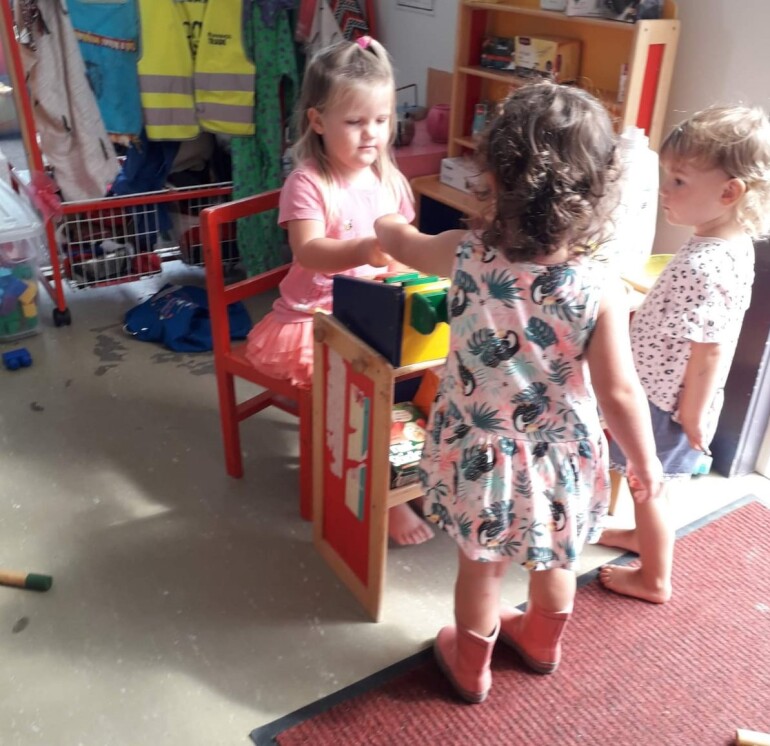News And Events

Environments for Play
27 August 2022At Nurtured at Home, our Educators are supported to set up their environment so that it is clean, organised, and inviting to tamariki so they are inspired to explore, play and participate. When the environment is set well for learning through play, children may engage at times that may be unanticipated.
When setting the environment for play, there are different types of environment we might consider and pay attention to how we support children to be part of this:
Physical Environment – the actual place and how it is arranged
Interactional Environment – the social interactions that take place within the environment
Temporal Environment – the routines and times that occur within the environment
For example, children in care may be interested in posting and/or transferring objects. To support this interest, a pretend supermarket might be set up so children can use their shopping baskets to select items and "post" these into their basket, then transfer/post them to their shopping bag, before taking back to their pretend home and transfering them into a cupboard. This activity responds to the childrens interest and relates it to a real life skill. In addition to the physical environment, the interactional environment would spport the social interactions with this activity betwen tamariki. The temporal environment would consider how to support this activity to continue if children are still interested, during times of sleep, food, leaving for the day - are the "props" set up in a space for it to be left up and so can be continued.
When we are aware of how the inter-relational types of environment may influence children’s play, then we can be more responsive to their needs and allow children to decide how the resources and space may be interpreted and used.
Knowing what interests the children, and responding appropriately, gives children the opportunity to make decisions, hypothesise, plan, negotiate, socially interact, and use a range of language to articulate their thoughts and ideas. By not having preconceived ideas as to how their play may evolve, adults are better able to adapt in their role as a learner with and alongside children. This means children feel supported in a positive environment to experiment, explore, and have fun whilst learning and gaining new knowledge about the world around them and how things work.


